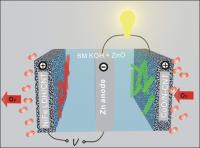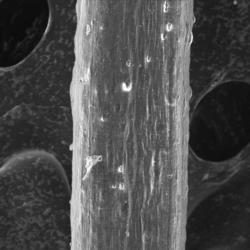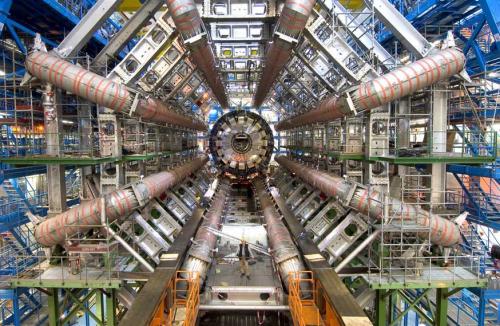Science
New method of mass-producing high-quality DNA molecules

Production of oligonucleotides
- Read more
- 338 reads
Building 3D fractals on a nano scale

Corners with nano pores.
- Read more
- 587 reads
Atom by Atom, Bond by Bond, a Chemical Reaction Caught in the Act

The single-atom tip of the noncontact atomic force microscope “feels” changes in the strength of electronic forces as it moves across the surface at a constant height. Resulting movements of the stylus are detected by a laser beam to compute images.
- Read more
- 397 reads
Stanford scientists develop high-efficiency zinc-air battery

This is a rechargeable zinc-oxide battery in a tri-electrode configuration with cobalt-oxide/carbon nanotube and iron-nickel/layered double hydroxide catalysts for charge and discharge, respectively.
- Read more
- 375 reads
NASA's GRAIL Mission Solves Mystery of Moon's Surface Gravity

Using a precision formation-flying technique, the twin GRAIL spacecraft mapped the moon's gravity field, as depicted in this artist's rendering.
- Read more
- 432 reads
Patent for Coaxial Nanofibre Production: Scientists from Contipro have patented new jet for effective coaxial nanofibers production

- Read more
- 466 reads
Boeing Completes New Spacecraft, Rocket Milestones

The CST-100 spacecraft awaits liftoff aboard an Atlas V launch vehicle in this artist's concept.
- Read more
- 423 reads
Human Rights
Fostering a More Humane World: The 28th Eurasian Economic Summi

Conscience, Hope, and Action: Keys to Global Peace and Sustainability

Ringing FOWPAL’s Peace Bell for the World:Nobel Peace Prize Laureates’ Visions and Actions

Protecting the World’s Cultural Diversity for a Sustainable Future

Puppet Show I International Friendship Day 2020




